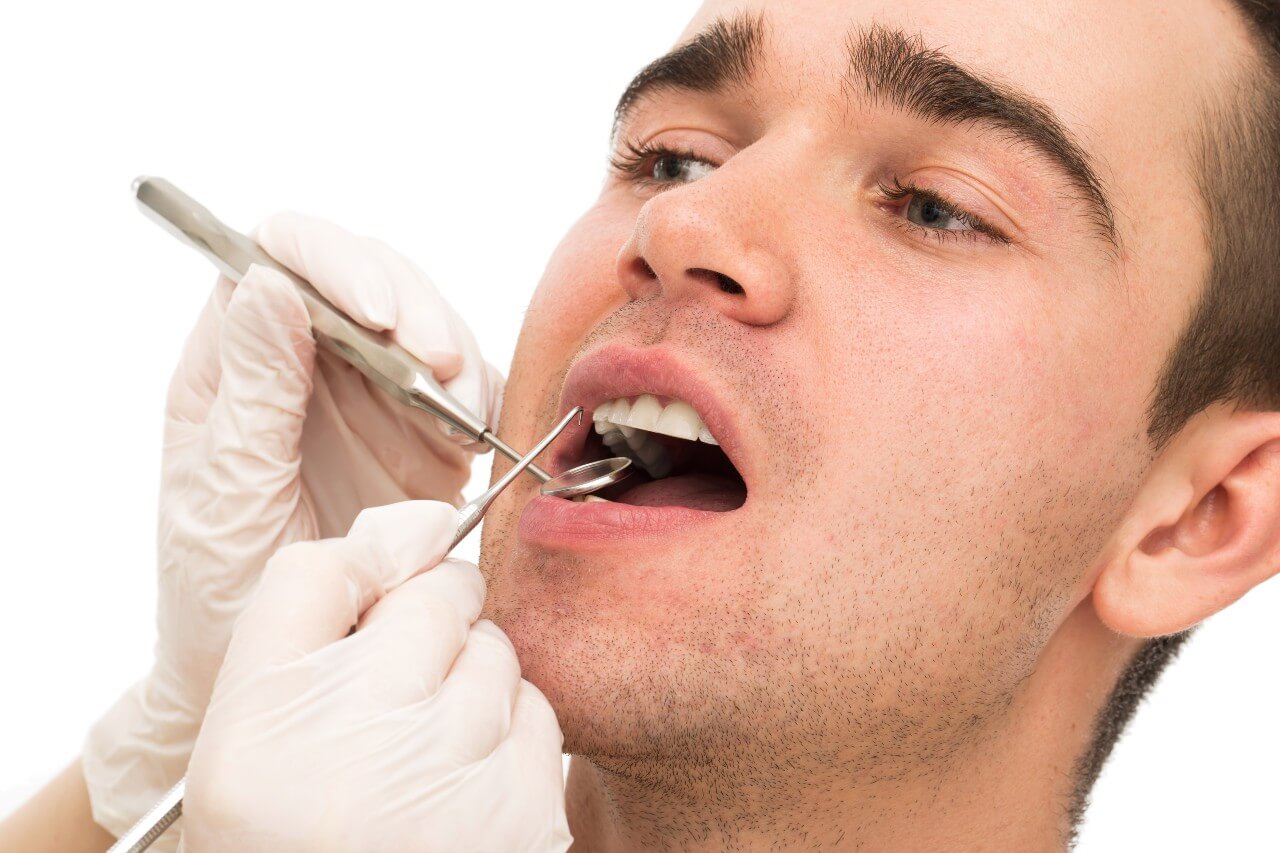Gum recession is a condition in which the gums around the teeth recede. This can cause the roots of the teeth to become visible. At the same time, it can cause many problems ranging from aesthetic concerns to health problems.
Causes of Gum Recession
Gum recession can have many different causes. These causes usually range from dental hygiene habits to genetic factors.
- Periodontal Diseases: Periodontal diseases are inflammation and infection of the gums. Gum disease can cause the gums to recede. This disease usually develops as a result of plaque and tartar accumulation.
- Excessive Tooth Brushing: Brushing too hard can damage the gums and cause them to recede. Using hard-bristled toothbrushes causes abrasion on the gums.
- Genetic Factors: Genetic predisposition can increase the risk of gum recession. If you have a family history of gum problems, you may develop the same problems.
- Smoking: Smoking can cause inflammation and recession of the gums. It increases the risk of gum diseases and can complicate the treatment process.
- Incorrect Dental Veneers and Fillings: Dental crowns or fillings that are made incorrectly can irritate the gums and cause recession. Such procedures can put pressure on the gums, as well.
- Hormonal Changes: Hormonal changes can affect gum health, especially in women. Pregnancy, menopause, and the menstrual cycle are some of these changes.
Symptoms of Gum Recession
Gum recession has some distinct symptoms. These symptoms may indicate changes in the gums and possible health problems.
- Tooth Roots Becoming Visible: When the gums recede, the roots of the teeth become visible. This can cause sensitivity in the teeth and lead to aesthetic problems.
- Sensitization of Teeth: When the gums recede, the sensitivity of the teeth may increase. Cold, hot, or sweet foods can cause pain in the teeth.
- Bleeding Gums: Gum recession can cause bleeding in the gums. Bleeding may occur while brushing or flossing.
- Bad Breath Odor: Gum recession can cause bad breath. Plaque and tartar accumulation can increase foul odour.
Treatment Options for Gingival Recession
Gum recession is a treatable condition and there are various treatment options available. The treatment method varies depending on the severity and cause of gum recession.
Periodontal Cleaning
Periodontal cleaning is the process of removing plaque and tartar accumulated in the gums. This procedure improves the health of the gums and can reduce recession.
Your dentist can clean your gums with periodontal cleaning. This procedure should be performed regularly.
Gum Graft
Gum grafting is the process of replacing receding gums with new gum tissue. This procedure allows the gums to regrow and reduce recession.
Gum grafting is applied in cases of advanced gingival recession. Your dentist will determine the appropriate treatment option for you.
Root Coverage Procedure
Procedure of covering the root involves the application of a material that covers the tooth roots. This method protects the tooth roots and prevents recession.
This provides protection for the gums. Your dentist may recommend this method to maintain your dental health.
Improving Oral Hygiene
Improving oral hygiene is one of the main ways to control gum recession. Regular brushing, flossing and mouthwashes are important.
Check your oral hygiene regularly. Learn about proper oral care from your dentist.
Quitting Smoking
Smoking negatively affects gum health. Quitting smoking can help the gums heal and speed up the treatment process.
